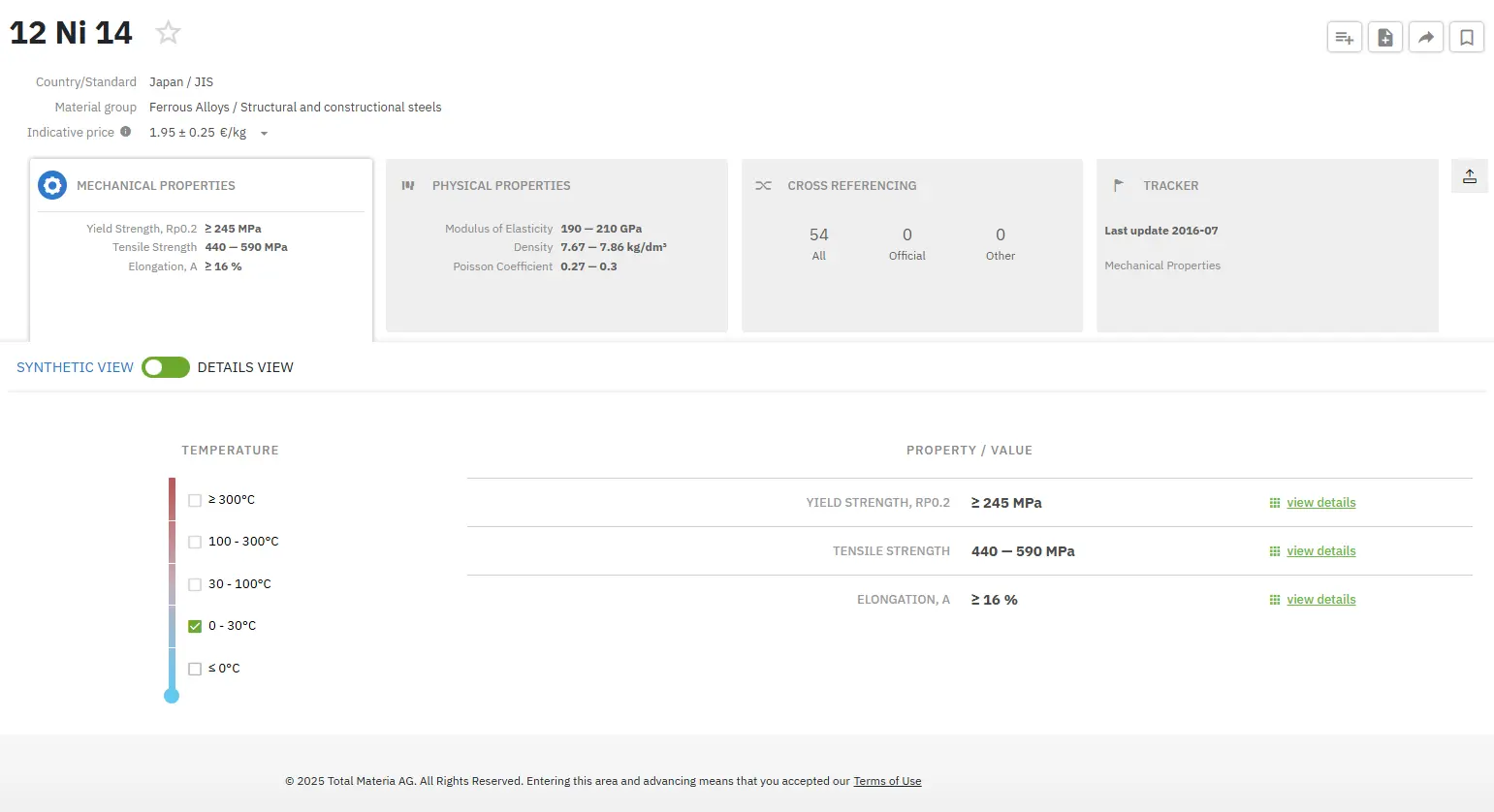Zirconium Alloys: Part Two
Abstract
Research results have been used to determine the life of pressure tubes with regards to both crack initiation and subsequent DHC propagation.
Zirconium and Zr-alloys have an extremely high affinity for hydrogen, being able to tolerate up to 0.7% atomic percent (~ 64 weight ppm) in solid solution at 300°C.
Research results have been used to determine the life of pressure tubes with regards to both crack initiation and subsequent DHC propagation. Should a crack initiate and penetrate the tube wall, water leaking from the crack is detected and the reactor must be capable of being shut-down before the critical crack length is reached and the pressure tube ruptures. This sequence is the basis for the Leak-Before-Break (LBB) approach.
The values required to help achieve LBB are knowledge of the length of the crack required to cause leakage, the critical crack length for rupture and the velocity of DHC in the axial direction of a tube. The International Agency for Atomic Energy IAEA has set up a coordinated research program (CRP) on hydrogen and hydride induced degradation of the mechanical and physical properties of zirconium-based alloys the objective of which is to transfer “know-how” concerning laboratory practices to member states who have pressure tube reactors but are unfamiliar with DHC testing.
Zirconium and Zr-alloys have an extremely high affinity for hydrogen, being able to tolerate up to 0.7% atomic percent (~ 64 weight ppm) in solid solution at 300°C. This solubility decreases rapidly with decreasing temperature, falling to about 1 appm (10 wppb) at 20°C.
Hydrogen in excess of the solubility limit is precipitated as plates of zirconium hydride, which may adversely affect several mechanical properties in some crystal orientations. However, some mitigation may be achieved through careful thermomechanical processing which aligns the ZrH1.5 phase to ensure optimal texture dispersion, and thus retaining the desired properties.
The main sources of hydrogenic species in a fusion power plant are likely to be:
- hydrogen liberated from aqueous corrosion processes;
- deuterium and tritium implanted from the plasma;
- tritium permeation from the breeder;
- hydrogen, deuterium and tritium generated by transmutation;
- hydrogen initially present in the fabricated material.
The relative importance of these sources is briefly discussed below.
Corrosion in Zr-alloys in fission plants is now well understood. The modest levels of hydrogen pickup that accompany corrosion are unlikely to pose significant problems. Furthermore, special alloy formulations have been shown to perform extremely favorably, with the zircaloy-4 alloy showing greatly reduced hydrogen uptake relative to earlier Zr-alloys.
For the operating conditions of a typical water-cooled fusion power plant, hydrogen embrittlement due to the effect of corrosion processes is likely to be negligible. Regarding ion implantation from the plasma, it is assumed that a bare Zr-alloy first wall will never be employed in any foreseeable power plant and so this complication is removed.
The various zirconium alloy grades used in water-cooled nuclear reactors are also available for nuclear waste disposal components. Reactor grade designates that the material has low hafnium content suitable for nuclear service. The hafnium content is typically a maximum of 0.010%.
The American Society for Testing and Materials (ASTM) offers widely recognized grades of zirconium alloys. Zircaloy-2 (UNS grade R60802) is composed of Zr-1.5%Sn-0.15%Fe-0.1%Cr-0.05%Ni and has been predominantly used as fuel cladding in Boiling Water Reactors (BWR) and as calandria tubing in CANadian Deuterium Uranium (CANDU) reactor models.
Zircaloy-4 (UNS grade R60804) has removed nickel and increased iron content for less hydrogen uptake in certain reactor conditions. The alloy is typically used as fuel cladding in Pressurized Water Reactors (PWR) and CANDU reactors. The nominal zircaloy-4 composition is Zr-1.5%Sn-0.2%Fe-0.1%Cr. Refinements in ingot homogeneity have allowed tighter control of the alloy elements within the ASTM specification.
Controlled Composition Zircaloy offers optimization in reactor corrosion resistance by adjusting the alloy aim point within the ASTM specification ranges. Controlled Composition Zircaloy-4 has lower tin (1.3%) and higher iron (0.22%) than the standard grade.
Zr-2.5Nb (UNS grade R60904) is a binary alloy with niobium to increase the strength of the alloy. This particular alloy has been utilized for pressure tubes in CANDU reactors.
Non-reactor grade zirconium 702 (UNS grade R60702) has a maximum of 4.5% hafnium.
Zirconium alloys have superior thermal properties compared to other traditional materials under consideration for use in the manufacture of nuclear fuel containers. Zirconium alloys have a thermal conductivity which is more than 30% higher than stainless steel alloys.
The linear coefficient of thermal expansion for zirconium alloys is nearly one-third the value for stainless steel giving zirconium alloys superior dimensional stability at elevated temperatures. This is a huge advantage in the manufacture of nuclear waste containers where temperatures could exceed 200°C for hundreds of years.
The alpha phase of zircaloy-2 and zircaloy-4 has a hexagonal close-packed (HCP) crystal structure at room temperature. The beta phase is body centered cubic (BCC) and begins to form upon heating to approximately 810°C. The fraction of beta phase increases with temperature until complete transformation to beta phase occurs at approximately 980°C.
Zirconium can be machined to achieve an excellent surface quality and requires low power input compared to steels. However, care must be taken to minimize very fine surface chips since they are pyrophoric (i.e., may spontaneously ignite in the presence of air). A final, yet significant point is that zirconium does show a tendency to gall and work harden which may require tool clearance angles higher than normal.
Read more
Find Instantly Precise Material Properties!
Total Materia Horizon contains mechanical and physical properties for hundreds of thousands of materials, for different temperatures, conditions and heat treatments, and much more.

Get a FREE test account at Total Materia Horizon and join a community of over 500,000 users from more than 120 countries.